so the reading will be light. When my
day to post falls upon an event as such, I will leave you with a definition or
description of some interesting and often times neglected art concepts that either have little explanation to help define them, or that the meaning is often times confused by the “ill-informed” books, magazine articles and instructors.
representational art.
WORLD.
to be a part of a color family, simple and graphic.
and black mixed), and black are tint, tone, and shade agents respectively for
the colors on your palette.
example to show how white and black affect the colors we mix them with.
companies like Black Olive, or Buff White but should be avoided when learning
how to paint with pigments that have a proven history of success.
as is often prescribed for some strange reason by many art instructors.
white or black to paint it. While it is
true that you can use any paints that are light as a tinting pigment, if they
are of a specific hue, the new mixture will be a combination of these two hues
and not just a lighter version of what you may need.
the color.
just become a blacker version of the color you are using at the time.
with it will cause the black areas to feel disconnected with the rest of the
painting.
lit. Yes, this can be incorrect. Light is associated with temperature,
temperature is associated with color. All light has a coloration to it, never purely
white, therefore when altering a hue to give it the feeling of being lit by
said light source the white alone cannot be used, and should rarely be used on
its own. Mix a hue into it that
resembles the temperature of the light source and the color will feel more correct
to the influence of the light source.
light to white surface. Because the
white matches the surface it might be forgotten that it was painted down, and
the next layer of hue added with be drastically altered by the hidden white
painted on the surface.
understanding that there are specialty whites and blacks and there are novelty
whites and blacks, and then there are useful tried and true white and blacks
that are considered benchmark standards in our painting industry. Here are a few pigments worth investing in:
the ubiquitous mixing white across the pigment boards. Very Powerful and you do not need very much
to tint a hue.
very transparent, useful for mixing subtle colors and for glazing
and More than zinc
up very opaquely but when thinned is a very good turbid pigment usually
favoring the cool temperatures/hues
lead these days but has similar characteristics including its temperature and
stiffness
the brand. Unmixed it is warm, add white
to it and it cools off to a very chromatic blue direction
Lamp Black – Very transparent and the bluest of the black pigment family, very
slow drying
Vine Black – or drop black is inferior by design, very blue in its body hue,
and fugitive, semi to very transparent- not worth using most of the time but
worth listing since most brands still sell it
several companies
pigments, dries very fast
Blue and is semi-transparent, good blue blacks are made with Cobalt blue, more
neutral in the hue, and are very transparent
now back to our regularly scheduled programming.


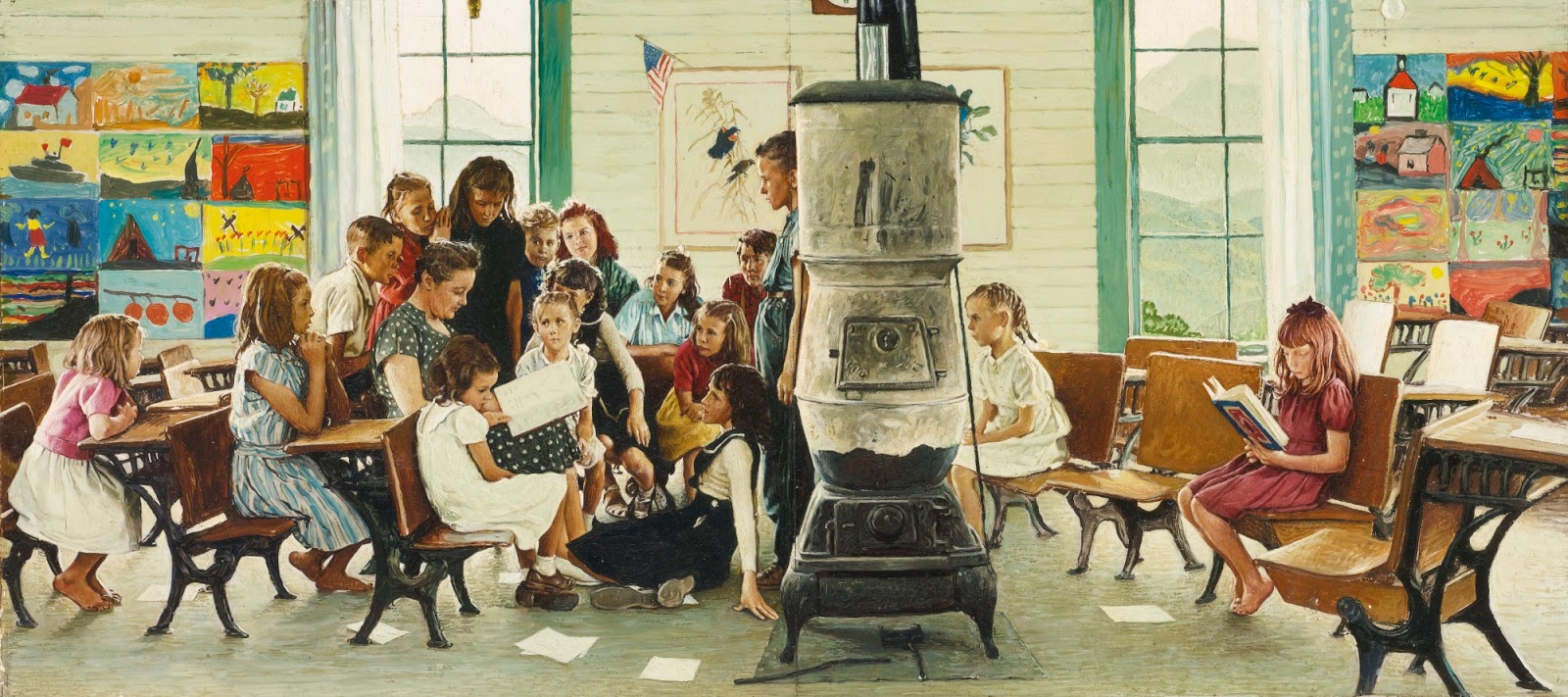
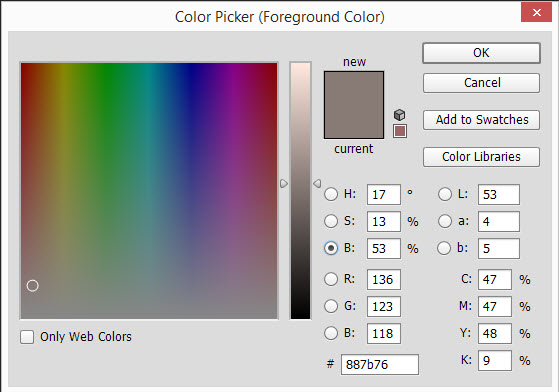
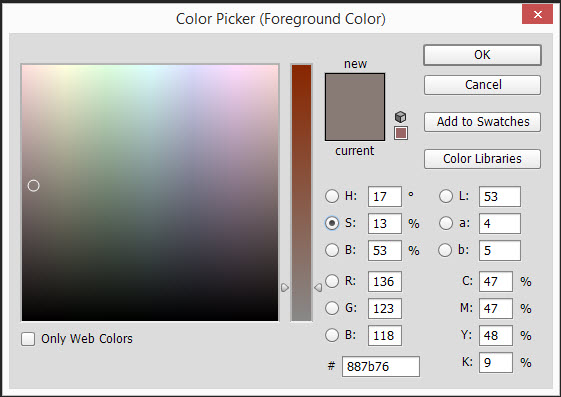

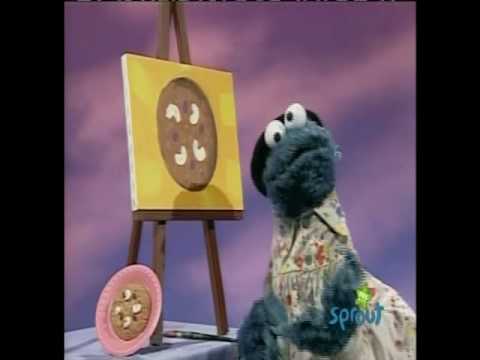
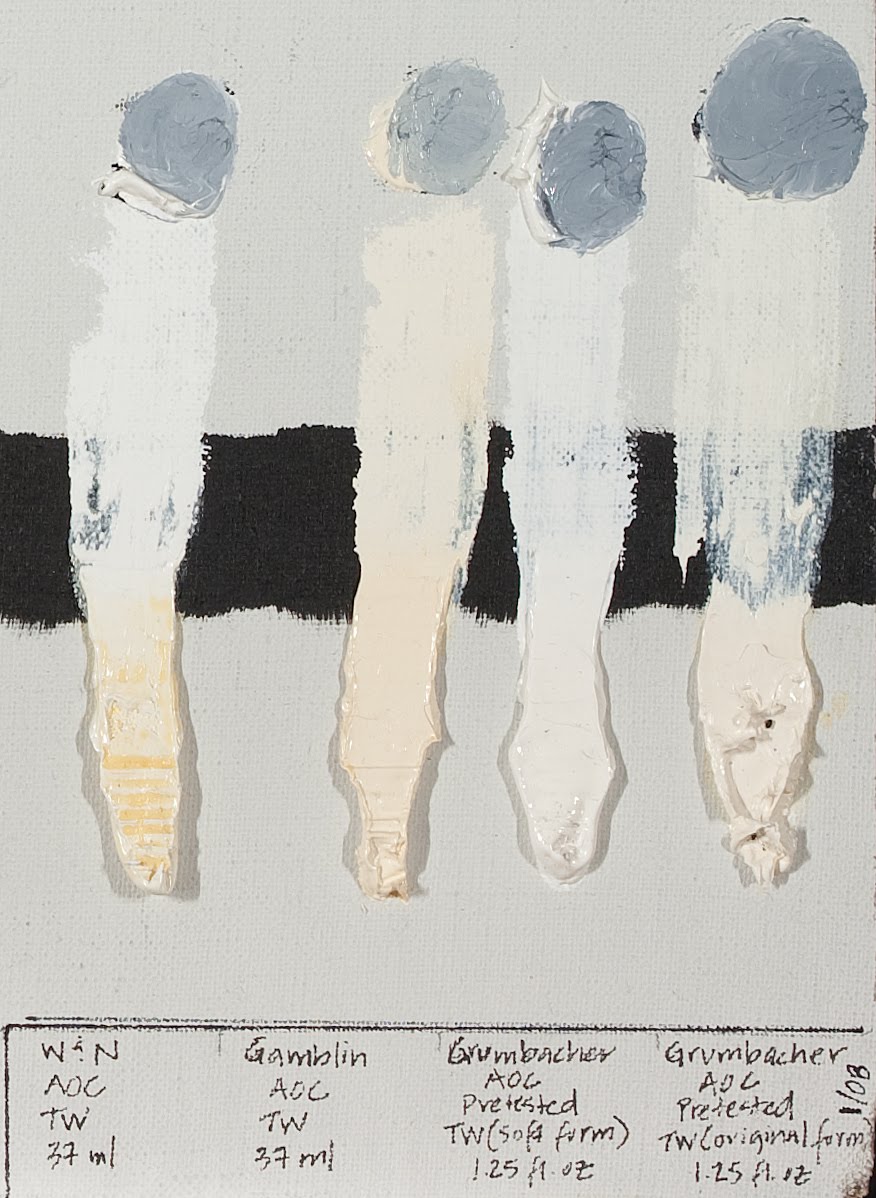
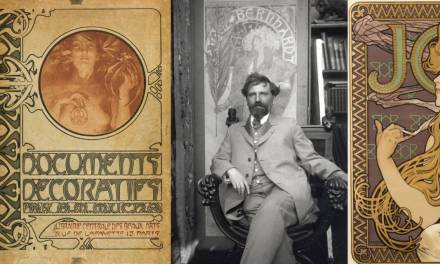
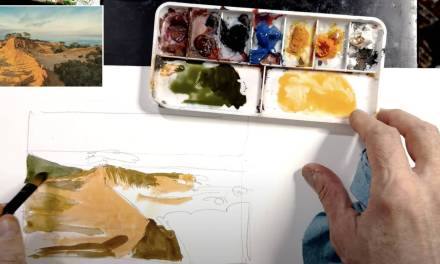
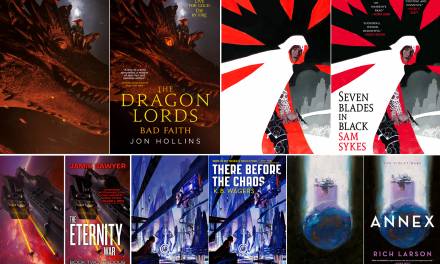
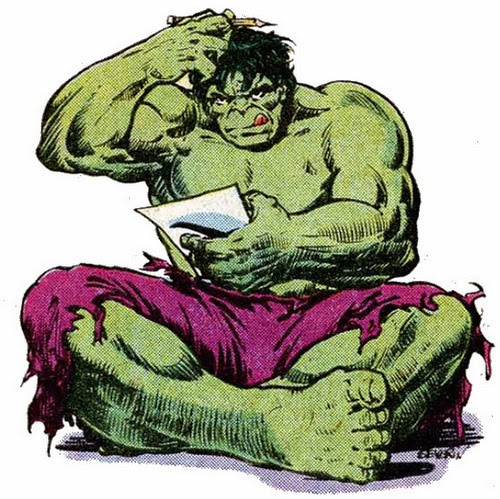
Thanks for the clarification! White … it takes little of it to lighten another color, but it also takes very little of another color to contaminate white.
I have been trying to paint traditional recently, using the Zorn Palette in gouache. I haven't been able to wrap my head around mixing colours though, and I wonder how the rules under “A few common mistakes” apply to that particular palette (specifically rules 3, 4, and 6). Wouldn't white and black be the only way to change the value, or am I forgetting to take the temperature of the resulting mixture into account?
I didn't attend, but loved this post. Kinda makes it OK to not go.